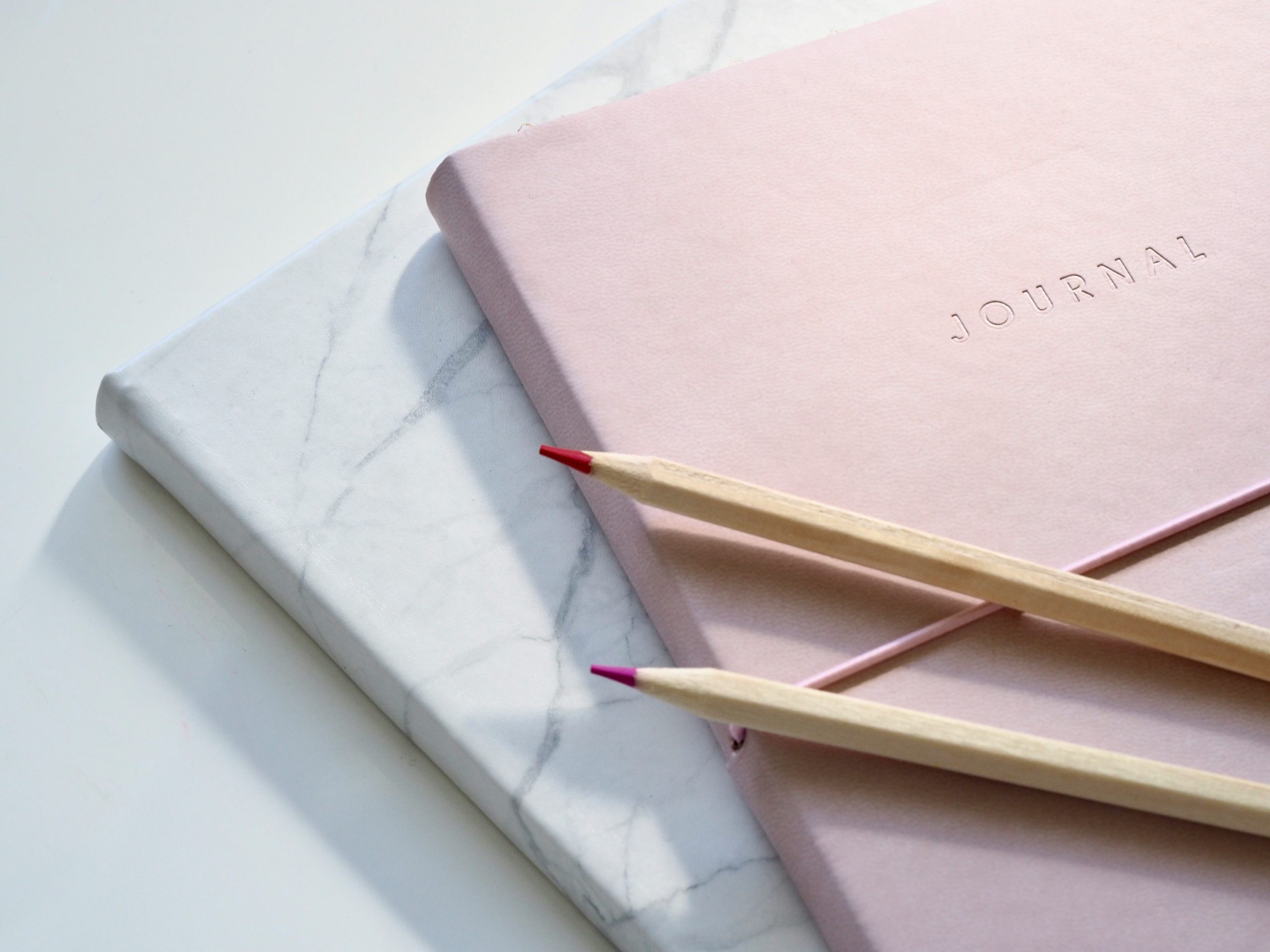
Luisa Connors discusses the aesthetic appeal of journaling.
Although the psychological benefits of journaling have only become public knowledge in recent history, people have penned their thoughts, activities and feelings onto paper for centuries. Take Ma Dubo (马笃伯) for example, a Chinese man whose travelled from Luoyang to Mount Tai nearly 2000 years ago and recorded his journey through diary entries. Or perhaps you might be more familiar with popular, modern diary keepers, such as Virginia Woolf or Anne Frank. Journals, however, are certainly not a thing of the past, remaining securely as a popular hobby and even emerging in recent digital trends.
People have [long] penned their thoughts, feelings and activities
Documenting journals online has progressively become more common. Photos of stunning entries are scattered across Pinterest and many TikTok users document their journaling processes with accompanying candles and dreamy music. One word comes to mind when seeing these journals: aestheticism. Or perhaps, over-aestheticism.
Bullet journaling, for example, is an immensely popular form of journaling. It can be likened to a self-care routine, fusing together productivity and mindfulness. Bullet journaling encourages its writer to pen their to-do lists, events, reading trackers and more. Creators adorn their pages with highlighters, stickers, drawings and so on, with a clear goal of making their pages aesthetically pleasing. Thanks to its popularisation on TikTok, especially during the pandemic, bullet journaling is often the first image that comes to mind when discussing journaling.
Such an image acts as a double-edged sword. On the one hand, the creativity offered by journaling is boundless and can truly be a productive way to articulate your thoughts in a personal and artistic manner. Multiple studies have pointed towards the benefits of journaling for emotional well-being, and I wholeheartedly acknowledge and assert its usefulness. However, the overexposure of journaling has arguably led to this image turning into an exemplar or template for all that follow it, rather than just a simple form of inspiration. The internet, as we all know, publicises and capitalises upon perfection. This places an incredible amount of pressure upon aspiring journal writers, who are faced with countless images of beautifully illustrated pages with flawless handwriting, and start to believe that their journals have to be just as beautiful.
Recently, after mentioning taking up journaling as a hobby to a friend (as part of a new years resolution, naturally), she quickly responded that she was ‘too much of a perfectionist’ to try the hobby herself. I instantly understood her point of view, having scrolled through numerous innovative ‘journal with me videos’ on TikTok. Admittedly, I felt a similar apprehension as I opened the first pages of my journal. I worried about having an unappealing start to my journal, and have kept the first two pages blank until now for that very reason. A recent video by user bewareofpity on TikTok best encapsulates mine, and several others’ fears, with the following words: ‘I realised I was writing as if someone was peeking over my shoulder.’
Journals should be shaped by their creator’s imagination
This fear feels almost consequential as journaling becomes increasingly public. As a place intended to hold one’s personal thoughts, then is it not antithetical to upload them to the internet? Let’s think back to the likes of Virgina Woolf and Anne Frank, whose diaries remain culturally significant to this day. Their intimate descriptions of their thoughts and experiences are what elevated their pages, and decades later continue to be celebrated for these reasons.
It becomes a matter of priorities. It is entirely possible for a journal to be both a safe and an attractive container of thoughts. However, recent trends and their amplification of a journal’s appearance place far more emphasis on the latter goal, which risks displacing the former. If you become too obsessed with how your journal looks, then a hobby intended to manage stress becomes a root of it.
I once again stress that journaling is an individualistic hobby. Journals should be shaped by their creator’s imagination and do not need to adhere to any sort of aesthetic ideal. Beauty is a suggestion, not a prerequisite. So I encourage anyone who’s empty notebooks are waiting patiently upon their shelves to give journaling a go, and to try not to worry about having a ‘perfect journal’ – as it simply does not exist.
(And with any luck, I’ll find the courage to flip back to the first two pages of my own).
To read more Comment articles about recent trends:
Should ‘Beige-fluencers’ Be Criticised For Their Lifestyle Choices?

Comments